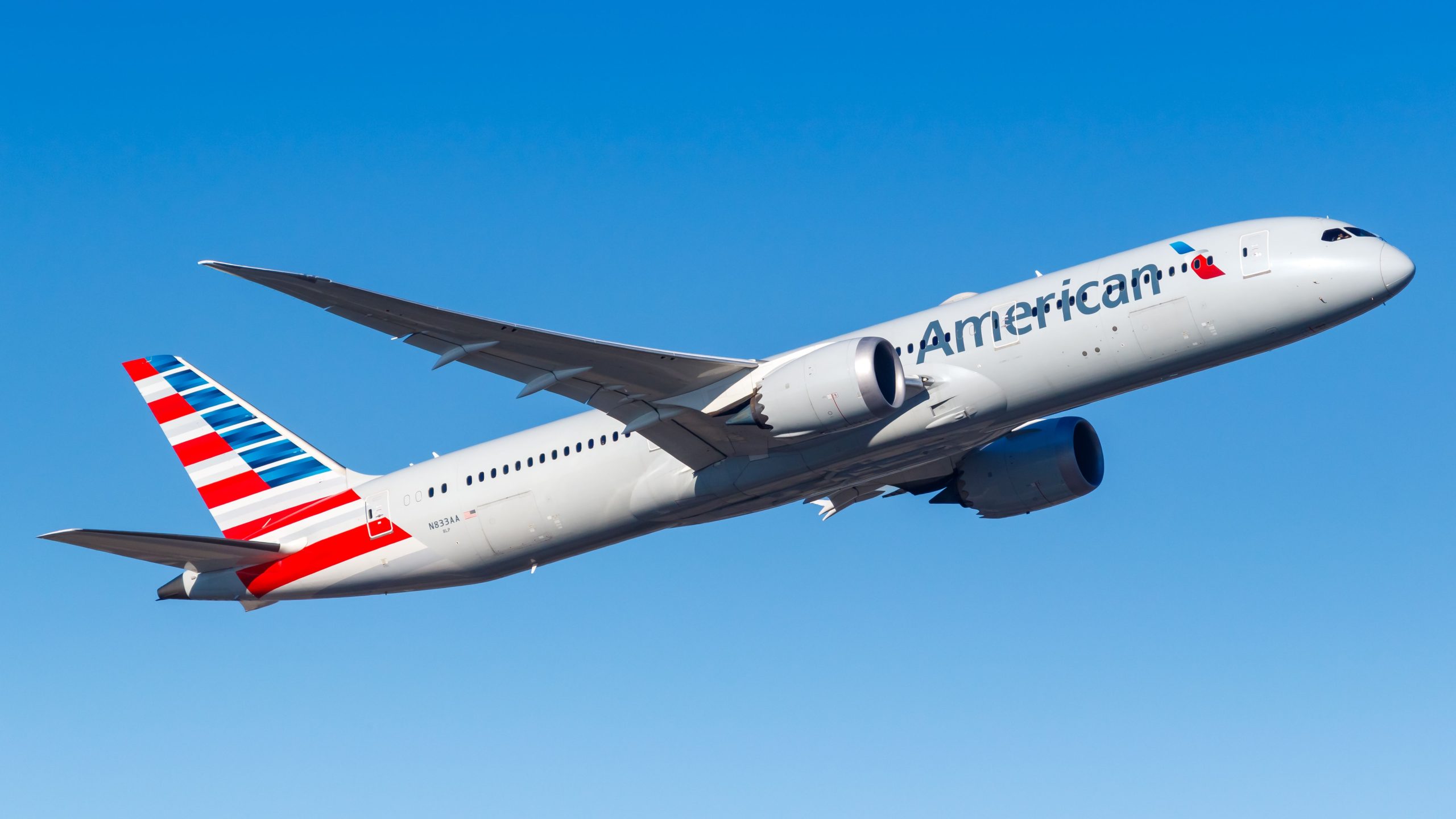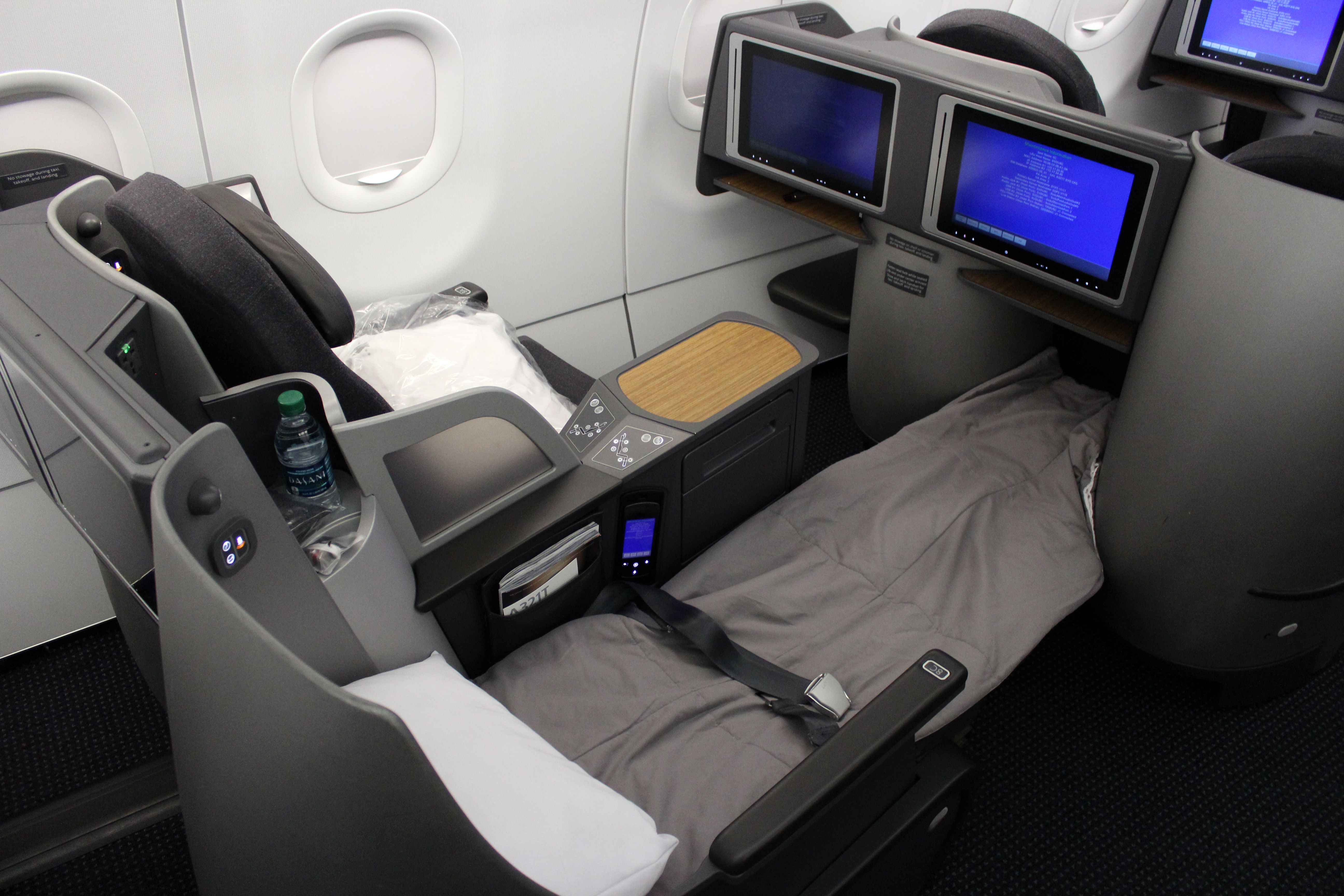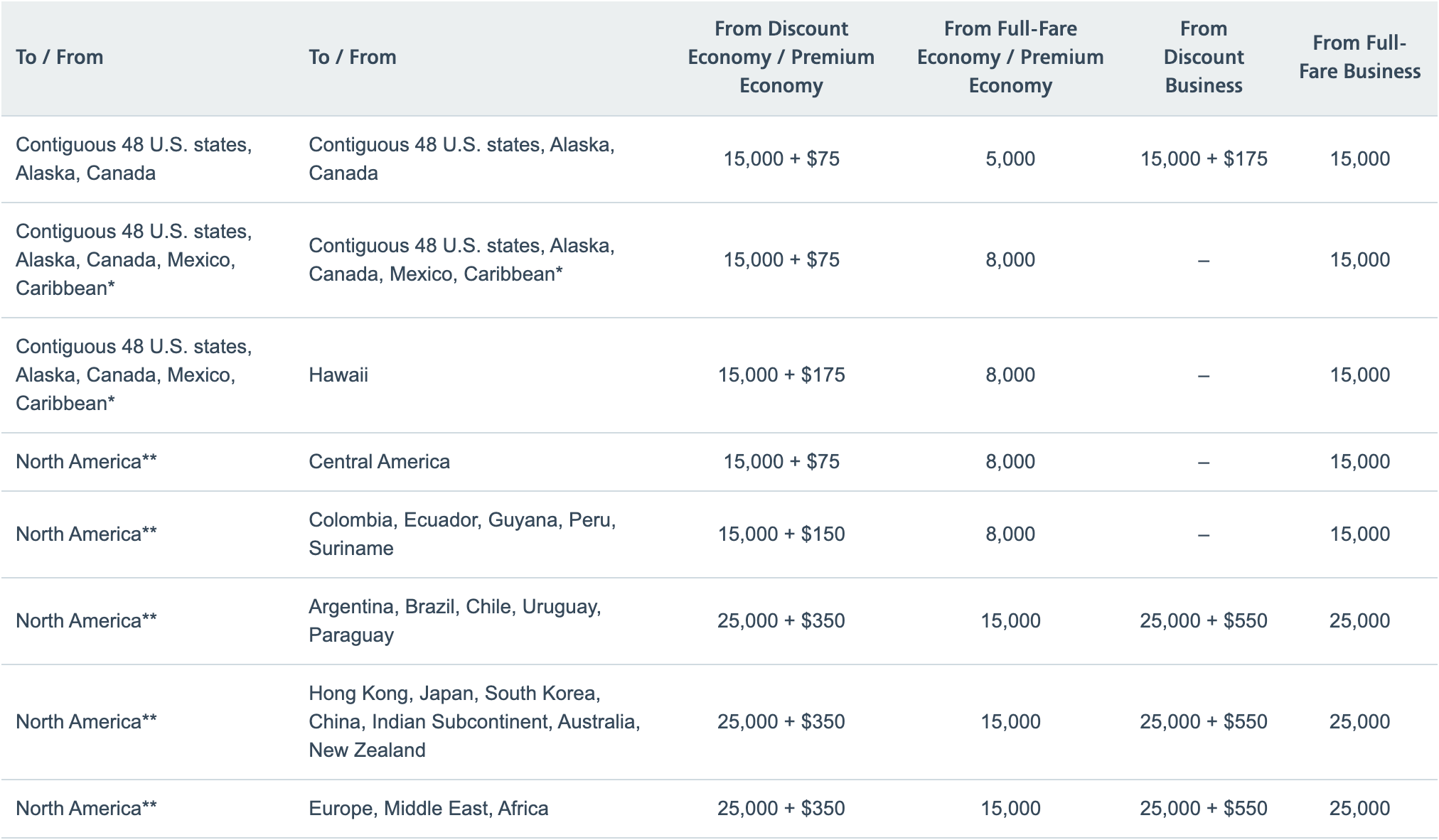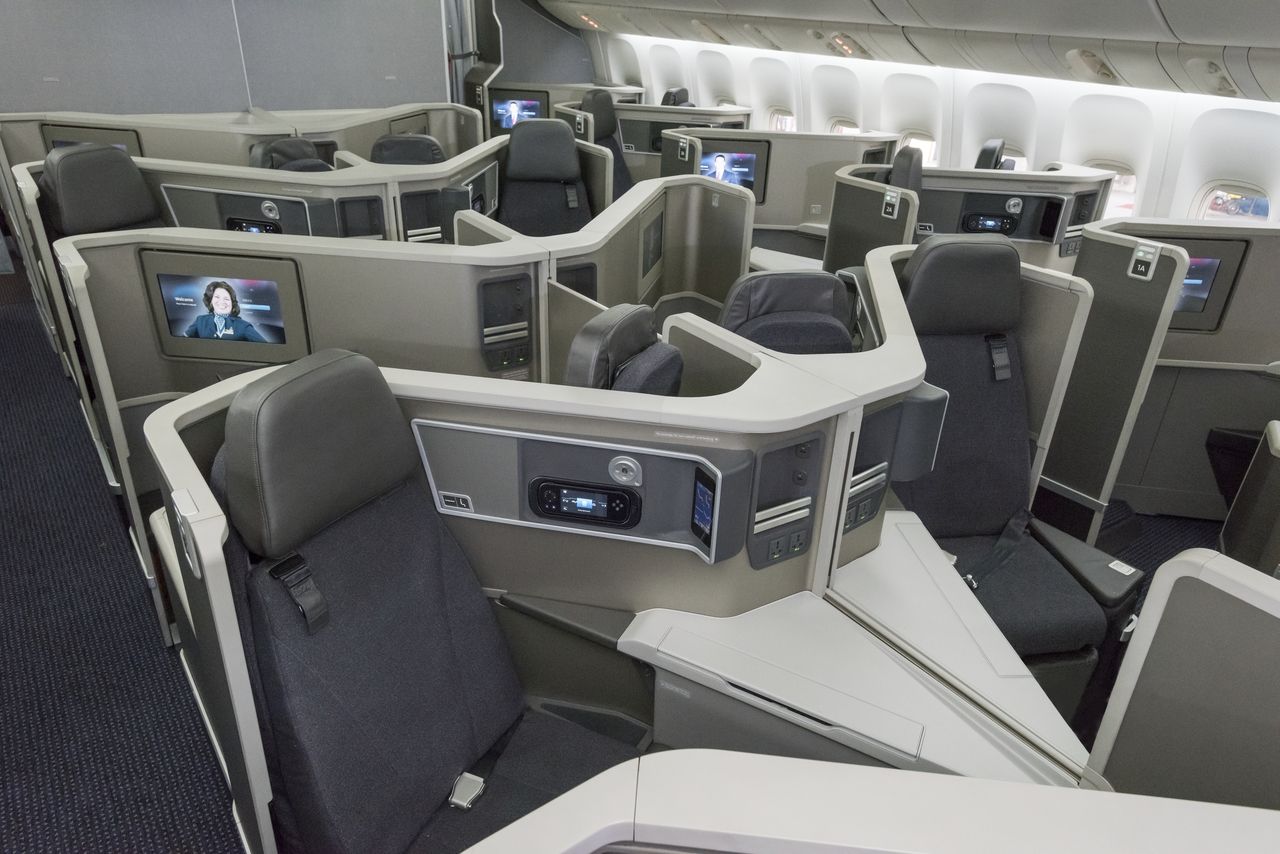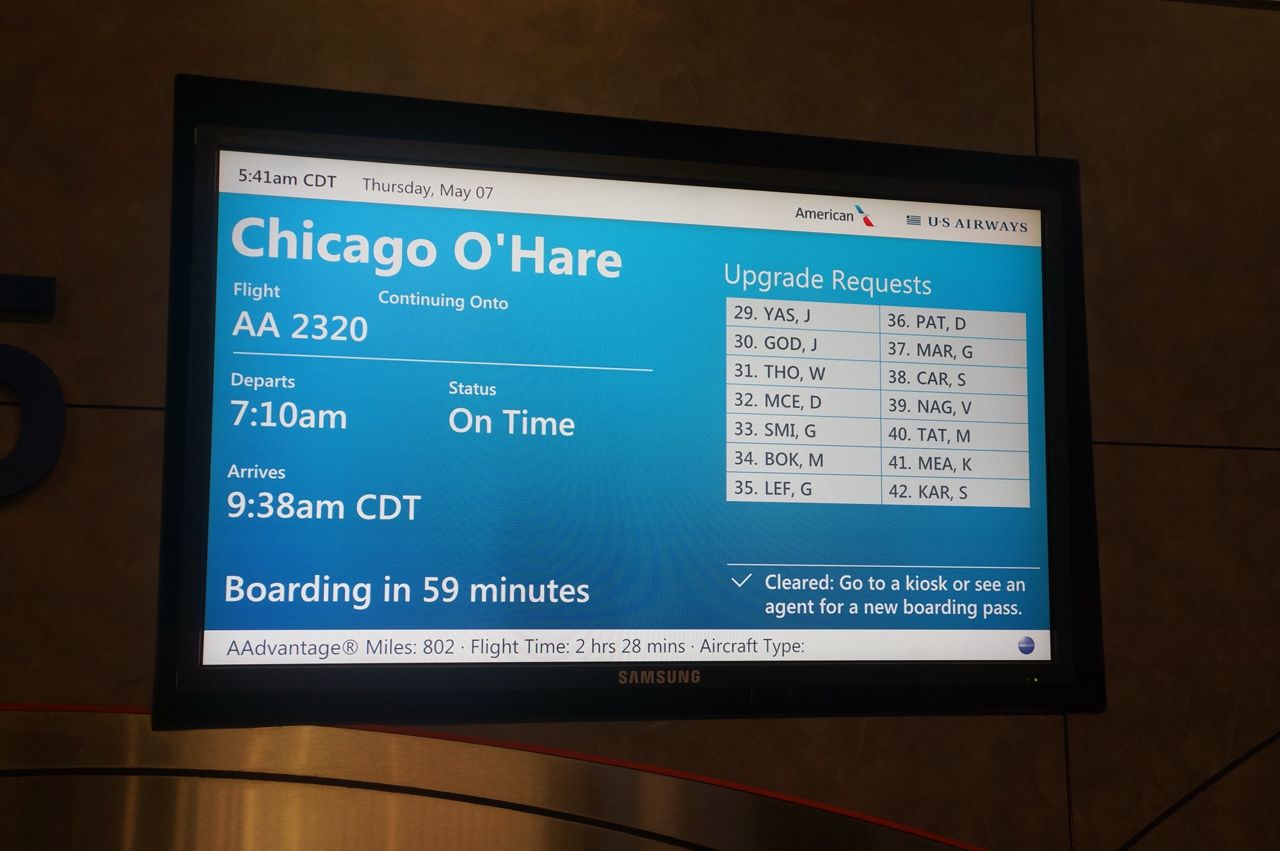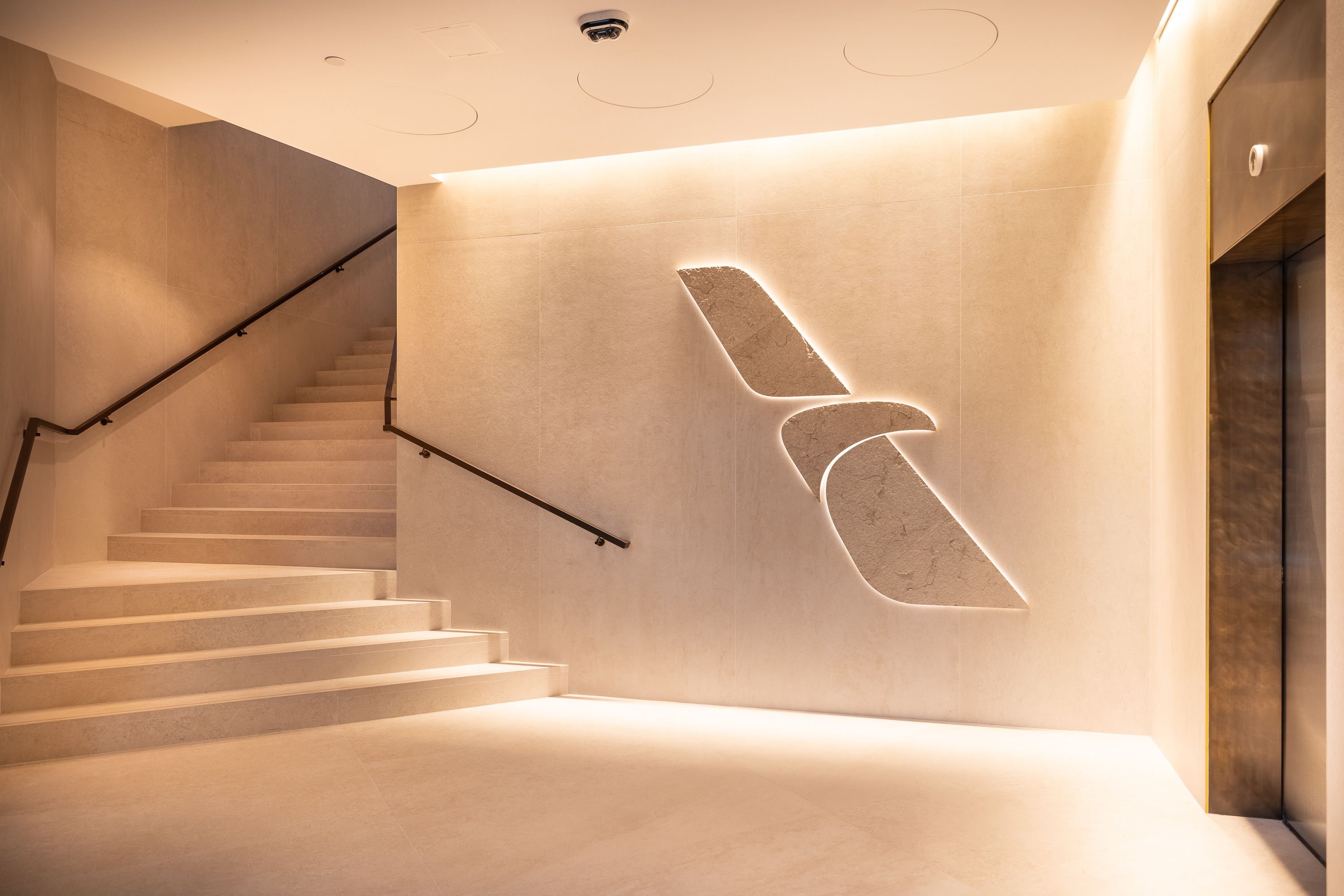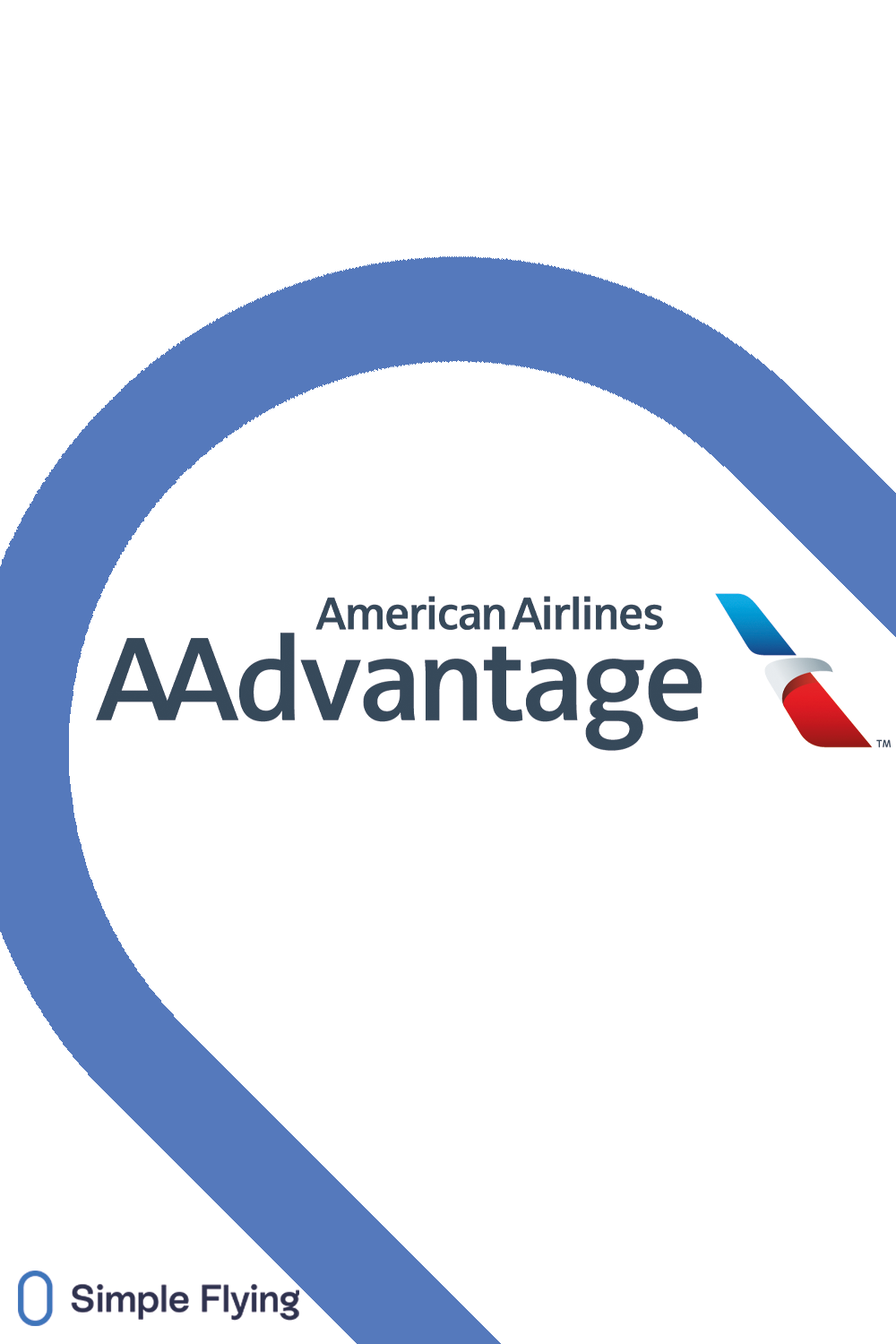Climbing up the ranks of American Airlines’ AAdvantage program comes with plenty of perks, but perhaps none as valuable as upgrades to business and first class. The carrier offers three four main ways to upgrade, but the priority in which those ‘clear’ depends on your AAdvantage status tier. Here’s your detailed guide to upgrading on your next American Airlines flight.
The upgrade priority
American offers four options for travelers to upgrade (not in order), namely:
- Miles or cash upgrades
- Systemwide upgrades (SWUs) offered to super-elites
- Complimentary upgrades
- AA Business Extra redemptions (for small and medium-sized businesses)
Photo: First Class Photography/Shutterstock
We’ll go into each of these in detail below, but there is a caveat. While it might seem like the miles and cash option is open to all, there is a clear hierarchy, with elite status determining who will actually get the seat. The order is as follows:
- AAdvantage ConciergeKey members (invite-only)
- Executive Platinum members
- Platinum Pro members
- Platinum members
- Gold members
Assuming two members at the same level request the same upgrade, the tie is won by whoever has accrued more Loyalty Points in the last 12 months. If this number also turns out to be identical, the airline defers to the time at which the upgrade was requested.
Miles and cash upgrades
Unless you’ve hit the magic 175,000 Loyalty Point mark and unlocked SWUs, miles and cash upgrades are the most likely choice for most American Airlines’ passengers. Luckily, these are number one on the priority list, tied with Systemwide Upgrades. However, they are subject to availability, and remember, the above elite status priority list applies if you’re placed on a waitlist.
If you’re looking to bag an upgrade using miles, it has to be on a paid revenue ticket, and you can use the chart below to determine how many miles you need. If you have a ‘discounted’ fare class (any fare class except Y in economy, P in premium economy, or I in business), you’ll have to pay a co-pay to upgrade, which ranges from $75 to $550. However, the mileage requirements are reasonable, going from 5,000 to 25,000 miles even for long-haul routes.
Photo: American Airlines
It’s interesting to note that American Airlines does not count premium economy as a different class, so you go straight from economy/premium economy to business/first class. Note that business class refers to Flagship Business on long-haul routes while first refers to Flagship First (only available on the 777s).
While this might seem like a great deal, the catch is that you must be able to find availability. This means finding fare code A for first class upgrades (on three-cabin planes like the 777 or A321T) or fare code C for upgrades to business or domestic first class (all two-class planes). These can be hard to come across, and you may have to call American to check in advance of booking or use a third-party service.
Systemwide Upgrades
The first time you’ll see Systemwide Upgrades or SWUs, is if you reach 175,000 Loyalty Points, the tier between Platinum Pro and Executive Platinum. You can choose two SWUs from a list of benefits, with more unlocked after 250,000 points, 400,000, 550,000, and so on. SWUs are priority one, tied with miles and cash upgrades. Again, the higher your elite status, the better chance you have to get off the waitlist.
You can use one SWU for a one-way upgrade for three travel segments, so a roundtrip will use two SWUs. The procedure is similar to the one listed above; you must check for A or C fare availability online, call the airline, and ask for the upgrade. If there isn’t any, you’ll be placed on a waitlist using the elite priority list. Passengers flying transatlantic with British Airways can use SWUs as well, going from economy to premium, premium to business, or business to first class, subject to availability.
Photo: American Airlines
SWUs are obviously quite valuable, and members who have them can see availability on each search they make (just click the SWUs under each flight option). They are, however, tied for priority with miles upgrades, so request as soon as possible and hope your status is high enough (or demand is low).
Complimentary Upgrades
Undoubtedly, the best part of AAdvantage status is becoming automatically eligible for complimentary upgrades on all flights within the US, Canada, Mexico, the Bahamas, the Caribbean, and Central America. These upgrades are priority three on the waitlist, meaning those requesting with miles or SWUs will be moved to business/first before complimentary members. Upgrades clear in the following order and begin this long before takeoff:
- ConciergeKey: 120 hours before departure
- Executive Platinum: 100 hours before
- Platinum Pro: 72 hours before
- Platinum: 48 hours before
- Gold: 24 hours before
If your upgrade hasn’t cleared by check-in, you’ll see a list like the above at the gate. Note that American allows one companion to be upgraded along with a status holder, so you can take a friend or family member with you. However, unless you have top-tier status or are flying on a light day, don’t hold your breath for these upgrades.
The final and less-known upgrade method is through American’s Business Extra program for small- and mid-size businesses. One of the perks includes US domestic, international one-way, and international one-way discounted fares upgrade vouchers. These are unlocked at 650 points, 1,100 points, and 3,100 points, respectively, and businesses can use them for any person’s travel. Note that you earn 5 points per $1 spent on travel with American, BA, Iberia, and Japan Airlines.
If you happen to be an eligible business, this is a great way to score extra upgrades in addition to your personal miles and SWUs. The procedure to upgrade remains the same, with space in A or C fare classes needed, along with restrictions on what tickets can be upgraded (deeply discounted tickets can’t be used).
Photo: American Airlines
Overall, there are plenty of ways to upgrade, and American Airlines is unique in not including premium economy as an upgrade class, bringing down prices for members. As expected, you will need elite status to realistically get off the waitlist, especially since upgrade availability is so hard to find. But if you’re an American frequent flyer, a seat in the front is well within reach, even if you booked all the way in the back.
What has been your experience with upgrading on American? Do you have any tips to find availability? Let us know in the comments!

